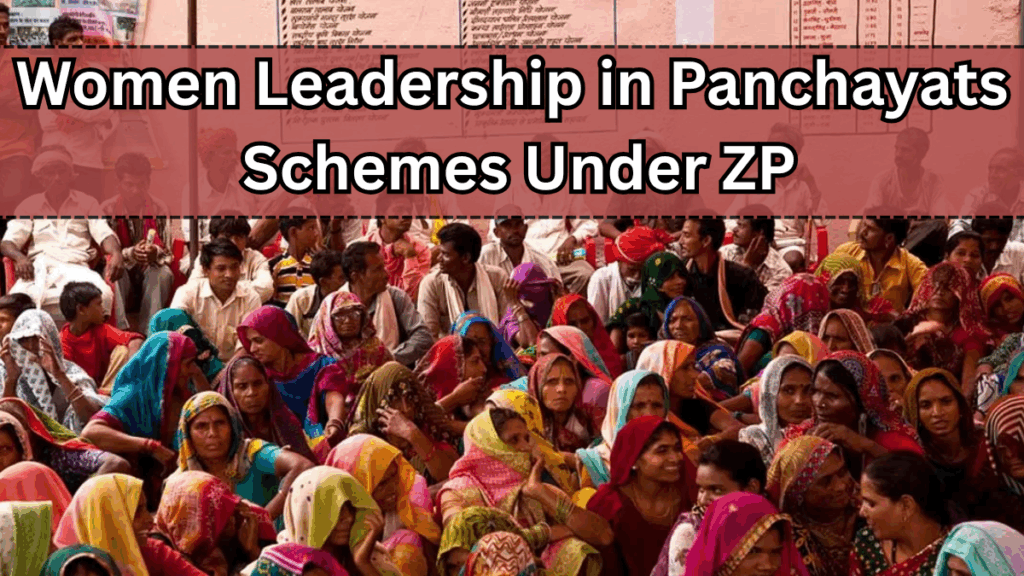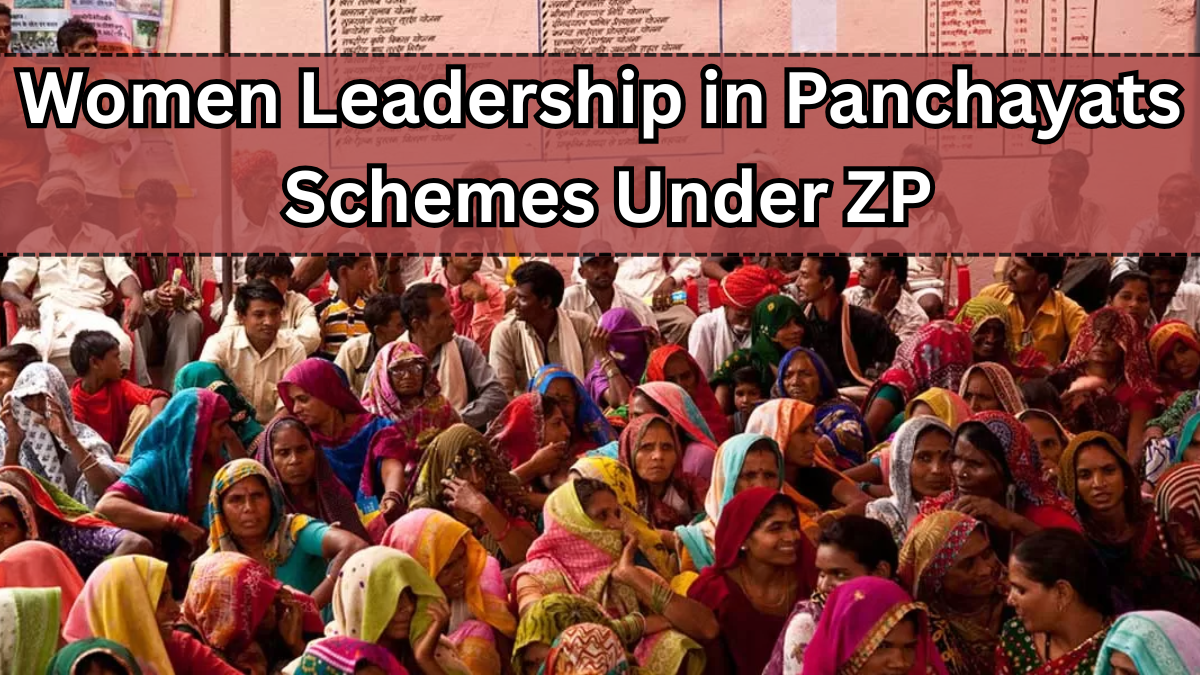The face of rural governance in India is changing rapidly, and women are at the forefront of this transformation. From breaking social barriers to reshaping local governance, women in Panchayat leadership roles are redefining democracy at the grassroots level.
With progressive policies, reservation systems, and growing awareness, the participation of women in Panchayats has gone beyond symbolic representation—it is now driving impactful change.

The Rise of Women in Panchayat Leadership
Over the years, women have steadily emerged as strong decision-makers in rural governance. By 2025, the representation of women leaders in Panchayats is showing remarkable growth, creating a powerful impact on community development.
Key highlights:
-
Stronger Representation: Reservation of seats for women has ensured more inclusivity in Panchayat elections.
-
Changing Mindsets: Villages are now more accepting of women leaders as decision-makers.
-
Social Development: Women leaders are prioritizing education, healthcare, and sanitation in their governance.
Elected Sarpanch Stats – 2025 Snapshot
Here’s a quick look at the statistics of women holding Sarpanch positions across India:
| State/Region | Percentage of Women Sarpanches (2025) | Key Focus Areas by Women Leaders |
|---|---|---|
| Rajasthan | 56% | Water conservation, girl education |
| Bihar | 54% | Healthcare and mid-day meal programs |
| Madhya Pradesh | 53% | Sanitation and employment schemes |
| Maharashtra | 48% | Women empowerment & skill training |
| National Average | 50%+ | Education, healthcare, community welfare |
These elected sarpanch stats reflect how women are not just contesting elections but also winning and effectively leading their communities.
Why Women Leadership in Panchayats Matters
Women in Panchayat leadership bring unique perspectives to governance. Their priorities often align with the social and economic upliftment of the entire community.
-
Education First: Women leaders push for better schools and literacy programs.
-
Healthcare Access: Greater focus on maternal and child health.
-
Clean Villages: Emphasis on sanitation, drinking water, and waste management.
-
Inclusive Growth: Ensuring women and marginalized groups get equal opportunities.
2025 Trends in Women Leadership in Panchayats
-
Digital Governance: Women sarpanches are adopting digital tools for transparent governance.
-
Self-Help Groups (SHGs): More women leaders are linking Panchayat governance with SHG activities for rural women.
-
Green Initiatives: Women-led Panchayats are promoting organic farming, solar energy, and environmental sustainability.
-
Skill Development: Training programs for women and youth are becoming a priority.
FAQs
Q1. What percentage of women are currently elected as sarpanches in India?
As of 2025, more than 50% of elected sarpanch stats across India reflect women leaders, thanks to reservation policies and increased participation.
Q2. How are women in Panchayats contributing to rural development?
Women leaders focus on education, healthcare, sanitation, and women’s empowerment, ensuring holistic growth of villages.
Q3. Which states have the highest number of women sarpanches in 2025?
States like Rajasthan, Bihar, and Madhya Pradesh lead with over 50% women sarpanch representation.
Q4. What challenges do women leaders face in Panchayats?
Despite progress, women still face challenges such as social bias, lack of resources, and occasional proxy leadership where male family members influence decisions.
Conclusion
In 2025, the story of women in Panchayat leadership is not just about representation—it’s about real empowerment, visible change, and sustainable rural development.
Click here to learn more
